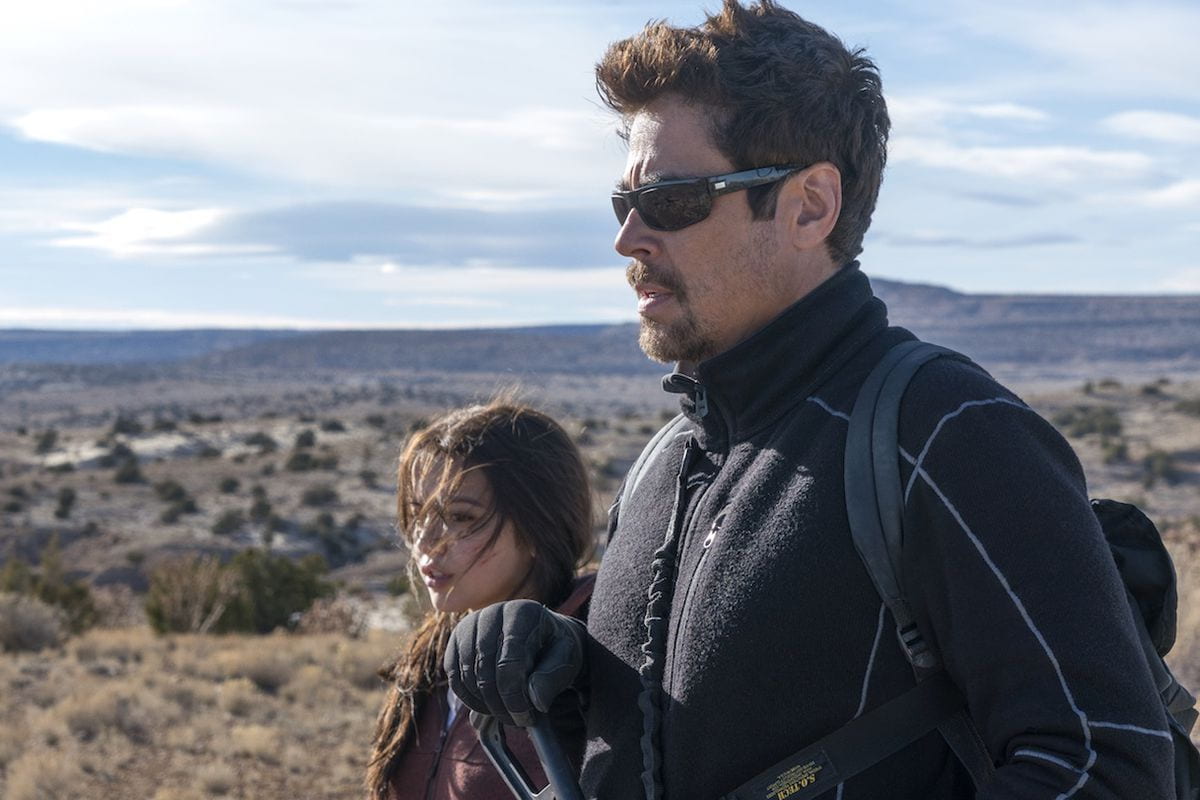(Minor Spoilers Ahead)
The Blockbuster has become a cultural pillar of Summer; as essential as ice cream and the beach. Heavy on explosions and usually light on plot, these fast paced films have been an American pastime starting with the 1975 premier of Steven Spielberg’s Jaws.
Since then, we have been delighted and frightened by stories of monsters from the deep that have a taste for swimmers and sun bathers. This year, Jon Turteltaub brings us perhaps the biggest and hungriest of all these sharks with The Meg. The story was based on a novel by Steve Alten published in 1997. The film follows Jonas (Jason Statham), a loner ex- deep sea rescue diver, washed up after the tragic, watery deaths of his crew years before. He must return to aid a crew of scientists in a futuristic underwater research station. He is pushed into the unknown depths of the Mariana Trench to recover a submarine crew including his ex-wife, and there they unwittingly incur the prehistoric wrath of the Megalodon.
Statham’s character is your typical antihero type, reluctant and snarky with a soft underbelly capable of learning a moral lesson. He carries some surprisingly good chemistry with scientist Suyin (Li BingBing) that would have been more compelling had it not been forced into an unnecessary romantic subplot. Suyin’s daughter Maiying (Shuya Sophia Cai) also has some adorable exchanges with Statham that perfectly melt his gruff attitude. Beyond them, The Meg features a large cast that verges on feeling too busy at times. Though each delivers a good performance, it is inevitable that when you put that many people in one room, trying to flesh out their characters becomes a challenge. Their interconnected baggage isn’t so necessary when the majority of them end up shark bait.

The Meg benefits from being a joint American and Chinese effort, which is made clear in its casting, environmental design, and high budget. With such a grandiose titular creature, one stumbling block the film faces is its conceptualization of space. The most memorable giant monster films (Pacific Rim, Godzilla (2014)) always keep the shots at human eye level or use diegetic lighting and angles that drive home the enormity of the subject. They simply cannot be contained in a single frame. It allows the viewer to feel small in comparison and put themselves in relation with the protagonists. The overhead and disembodied camera shots detract from this particular effect and the audience’s immersion.
It is much more worthwhile to compare the film’s themes to Jurassic Park than to Jaws, despite many critics’ efforts. It’s a story of humanity overstepping its bounds, seeking the forbidden fruit of knowledge, and winding up the prey of prehistoric megafauna. The hubris of man masquerading as scientific pursuit serves as the initial trespass, with the funding of clueless billionaire (Rainn Wilson). The Meg, in her own right, is a worthy star. As blunt and instinctual as a T Rex, she needs no cunning or intellect to carry out her feeding frenzy. The visual effects folks have done their job well, and it is impossible to take your eyes off this magnificent force of nature. The Meg optimizes the amount of time it takes to build suspense between satisfying attacks, each more intense than the previous. However, as Jon Turteltaub discussed in an interview with Bloody Disgusting, we can only imagine how glorious the carnage would’ve been without a PG13 categorization, as an unrated cut was too cost prohibitive to make. The film never forgets how entertainingly ridiculous it is, but some of its dark humor must’ve been jettisoned with the gnarliest of the violence. The film’s advertising plays its self-awareness up more so than the whole feature, with the superb use of Bobby Darin’s rendition of ‘Beyond the Sea’. It seems that part of a letdown felt by some is not a fault of the film itself, but rather due the difficulty of living up to such stellar marketing.
In total, The Meg is undoubtedly a solid creature feature that fits well into the summertime monster canon. The term “dumb” can only be used as a compliment in this situation, as the film leans into its absurdity. Make no mistake of what you’re getting yourself into, The Meg functions as nothing more than a noncommittal action flick that doesn’t over stay its welcome and will put you in the mood for a day at the beach. And despite its shortcomings, there is still plenty of blood in the water and fun to be had. And if this is right up your alley, may I also recommend Deep Blue Sea as an extremely fun follow up. The plot is no less convoluted and ridiculous, though The Meg is sadly lacking the musical stylings of LL Cool J.
Rating: 3.25/5

























